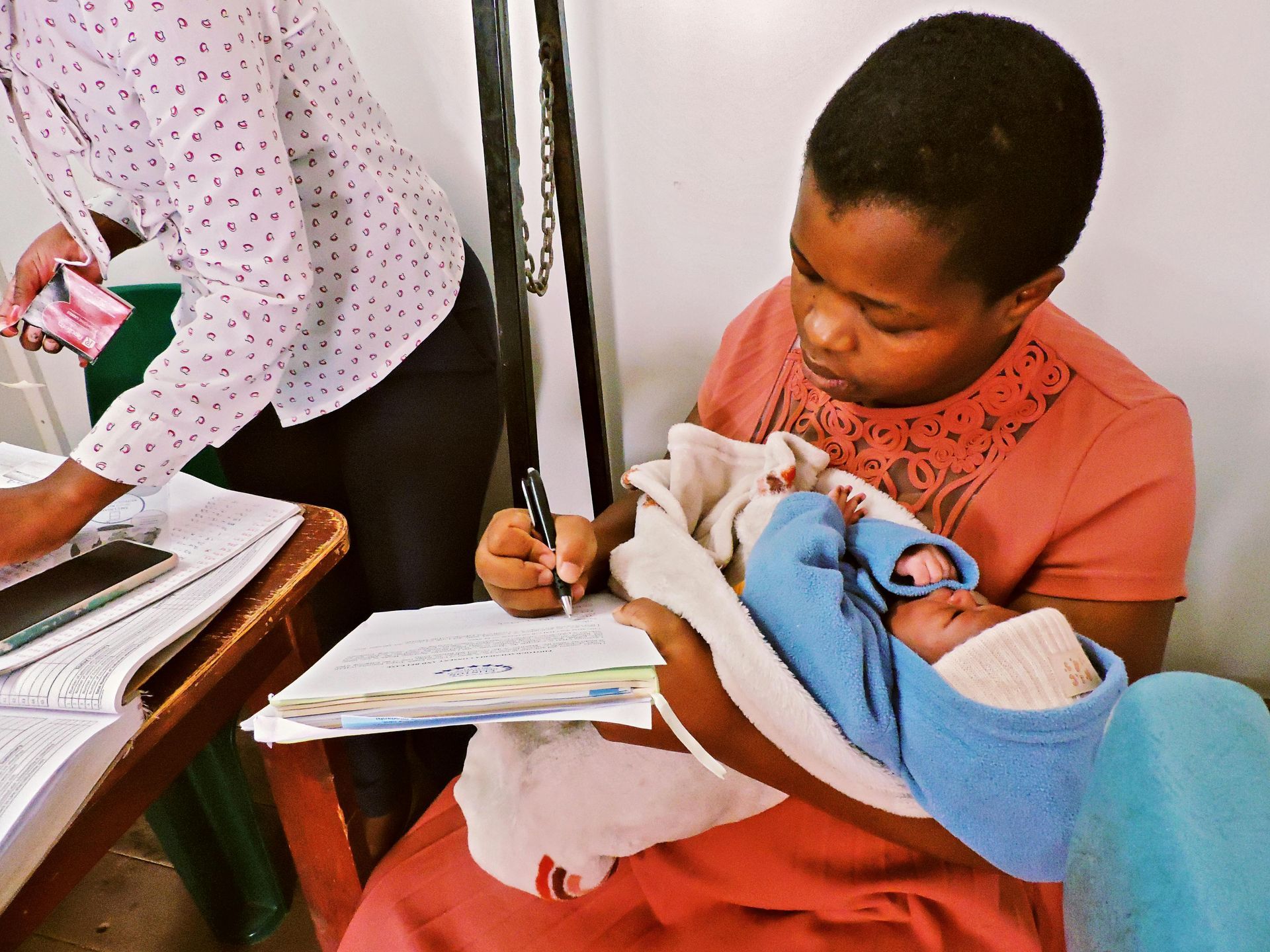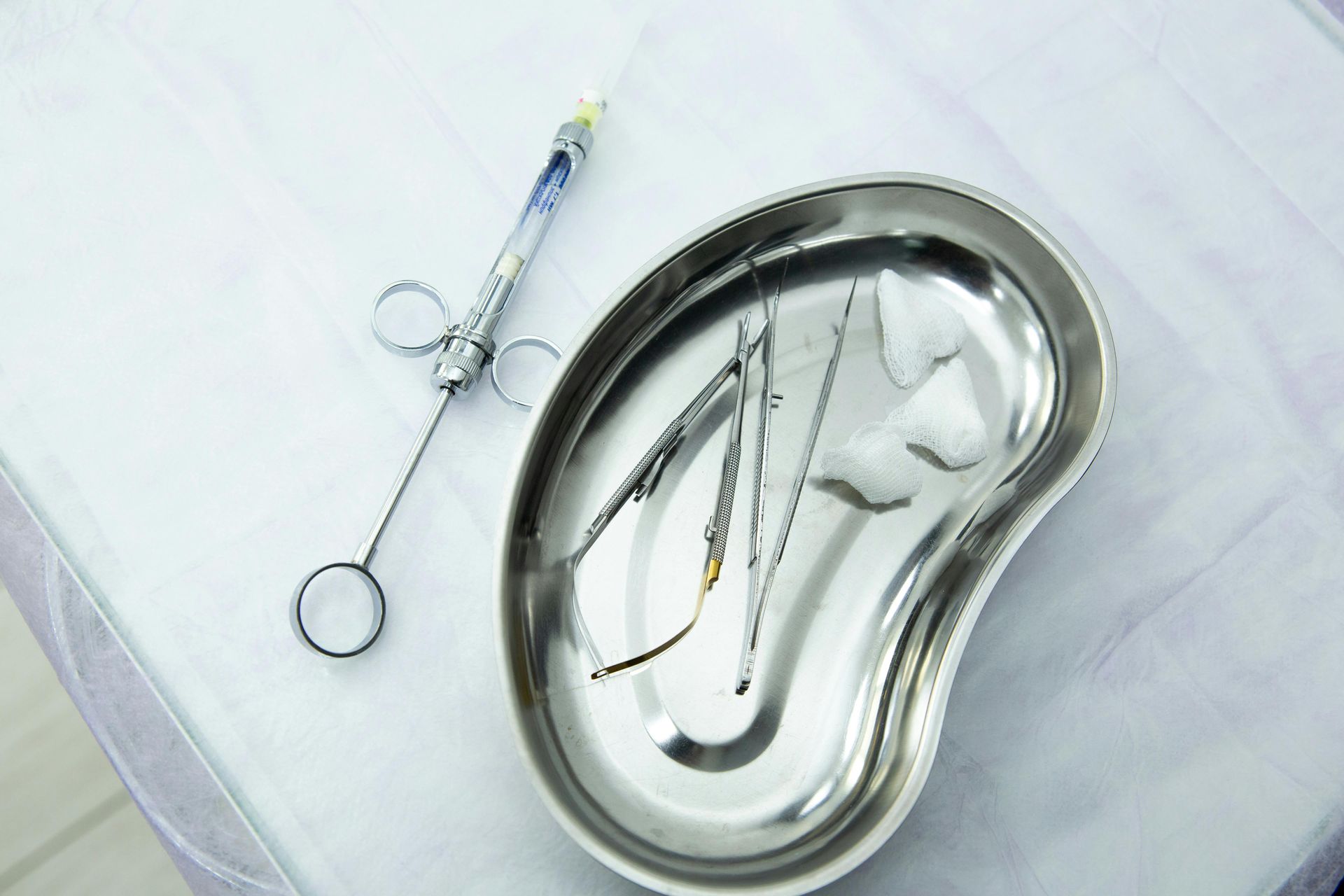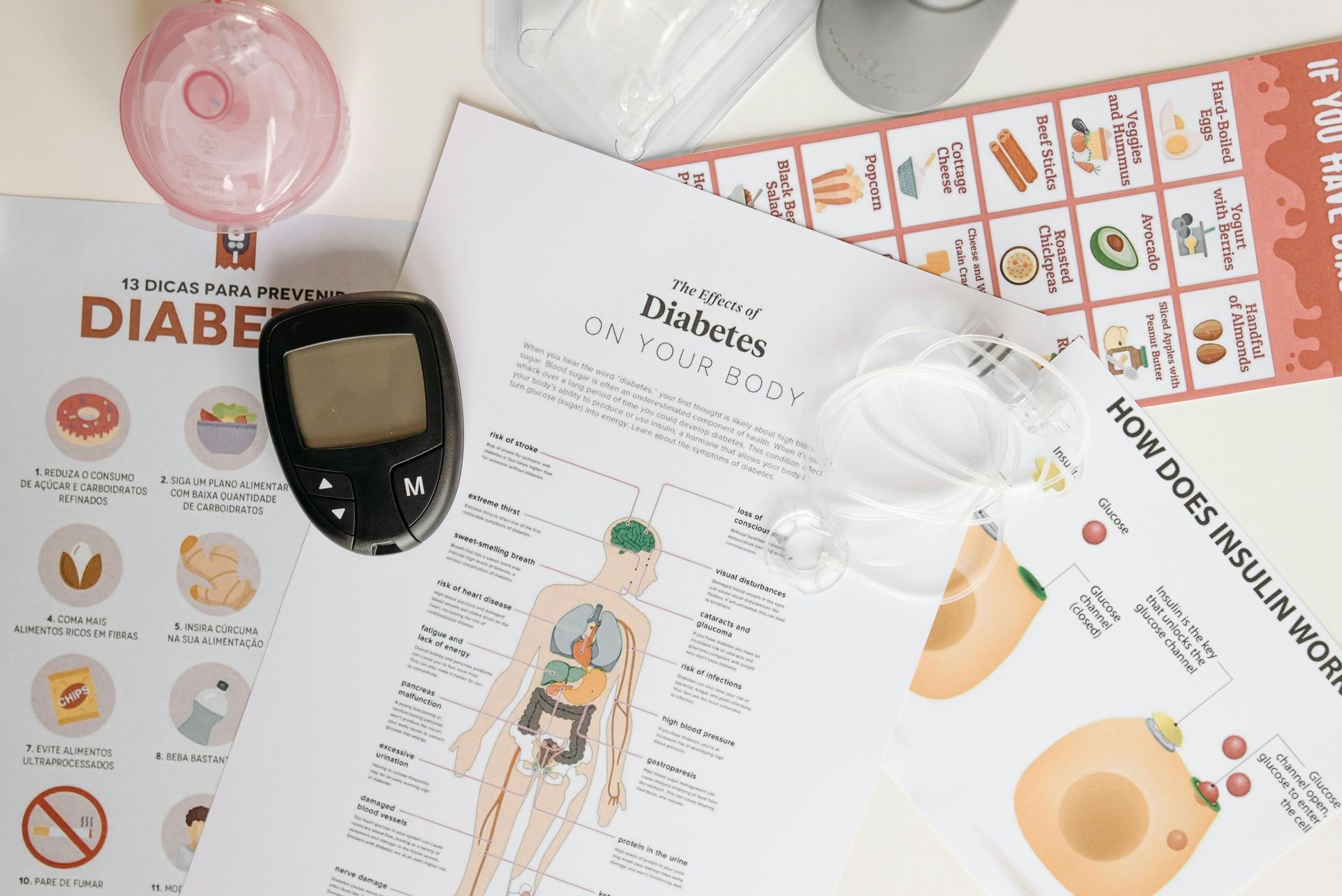Navigating Dialysis
The journey to dialysis often begins with subtle symptoms—fatigue, swelling of ankles, frequent urination at night, or unexplained itching. These can be early signs of kidney impairment, frequently linked to underlying conditions such as hypertension or type 2 diabetes. Early detection through blood tests (creatinine, eGFR) and urine analysis can delay progression to end-stage renal disease.
When in-centre haemodialysis becomes necessary, clinical preparations include creating vascular access via an arteriovenous (AV) fistula, a surgical connection between artery and vein. A mature AV fistula provides reliable blood flow for filtration. Alternatively, central venous catheters may serve as short-term access, though they carry higher infection risks.
During dialysis treatment, fluid shifts must be managed carefully to prevent hypotension or cramping.
Dialysate solutions must be precisely formulated, and equipment—tubing, filters, needles—must meet sterility and compatibility standards.
In peritoneal dialysis, patients or caregivers must be trained in aseptic technique to reduce peritonitis risk. This home-based modality demands consistent supply of sterile dialysate fluid, transfer sets, and disinfectants—all of which must be sourced reliably to maintain patient independence while safeguarding health.
For healthcare systems and regulators, ensuring secure supply chains for these consumables is paramount. Quality disruptions—due to delays or counterfeit supplies—can compromise patient safety and amplify clinical challenges.
By strengthening distribution networks and prioritising high-grade urological products, the impact of dialysis treatments can be significantly enhanced in Ghana’s health landscape.
Discover dependable medical products and support services at www.nrmeds.com.
#CKDawareness #DialysisSupport #HealthcareDistribution #MedicalSupplyChain #NephrologyGhana #PatientSafety










